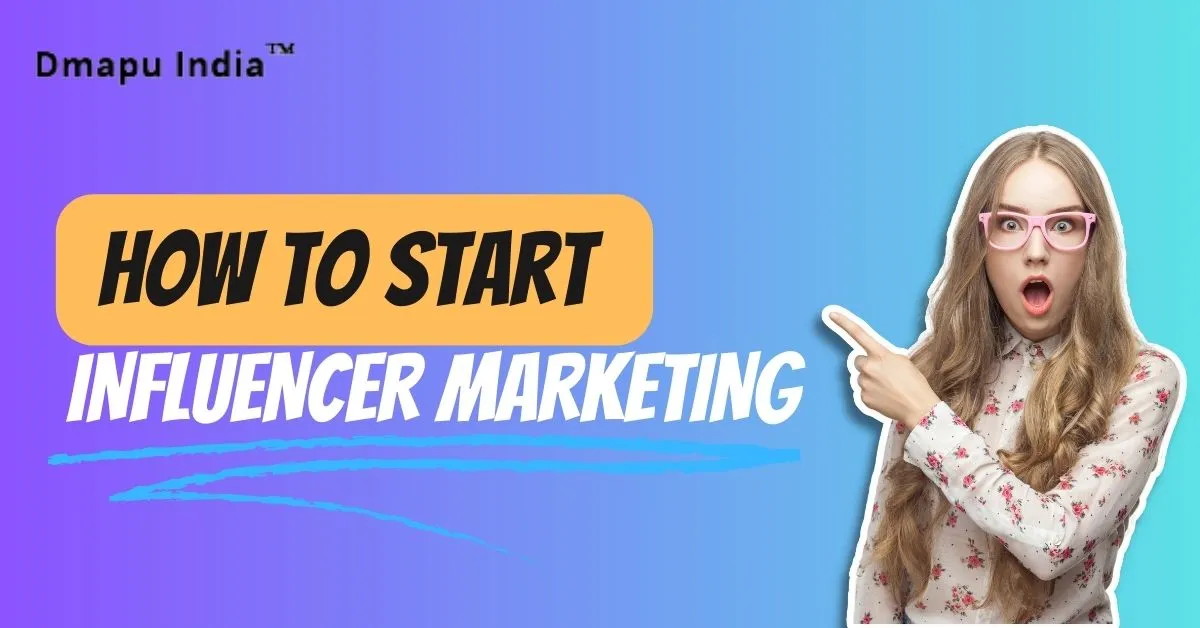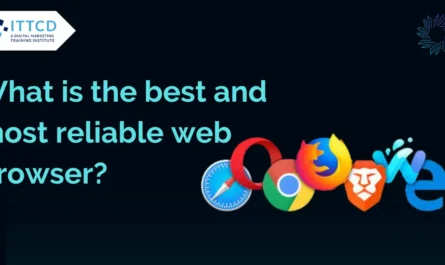Businesses collaborate with well-known people, or “Influencers,” to market their goods and services to their intended market through the use of influencers. These influencers usually have significant and active followings on social media and are either industry experts or social media personalities
Using an influencer’s reputation, trust, and power over their audience to boost sales, build favorable brand associations, and raise brand recognition are the objectives of influencer marketing. It is predicated on the idea that consumers would heed the advice of people they respect or identify with and that influencers can affect the purchases of those they follow.
Influencer marketing initiatives can take many different shapes, including sponsored content on social media, product evaluations, contests, affiliate alliances, and joint ventures. The influencer produces material that highlights or integrates the brand’s goods or services, frequently in a genuine and unique style that appeals to their audience. These materials can be podcasts, videos, blogs, live broadcasts, social media posts, or articles.
Businesses must carefully choose the influencers who best fit their business’s values, target demographic, and campaign objectives to ensure the achievement of influencer marketing. They ought to take into account the audience demographics, engagement rates, influencer’s niche, and general authenticity. Setting clear expectations, defining goals, and negotiating terms—such as payment or product exchange—with influencers are crucial.
Businesses can gain a lot from influencer marketing. It enables brands to connect with more people, become more visible, gain credibility, and develop trust. In addition, it can assist create user-generated content, offer insightful analysis and feedback, increase website traffic for the business, and eventually increase income and sales.
Nonetheless, companies must take a methodical and open approach to Influencer marketing. Adherence to sponsored content regulations and disclosure guidelines is essential. To calculate the back on investment while making modifications for subsequent efforts, it’s also critical to track and evaluate the effectiveness of Influencer marketing.
Read Also: How can make money on social media
In today’s digital economy, influencer marketing has emerged as a potent and efficacious technique that leverages the reach and influence of important individuals to establish genuine relationships between companies and customers.
How many types of Influencer Marketing?
Influencer marketing comes in a variety of forms, each with a unique methodology and plan. Here’s a detailed analysis and explanation of a few popular influencer marketing strategies:
- Sponsored Content
- Product Reviews
- Takeovers and Guest Posts
- Influencer Events
- Brand Ambassadors

1. Sponsored Content
- Find influential people who are related to your brand or sector.
- Make contact with the chosen influencers and suggest a sponsored partnership.
- Decide on the partnership’s parameters, such as payment, deliverables, and schedule.
- The influencer produces material for their platforms, like blog entries, videos, and social media postings, that advertise your company, good, or service.
- The influencer’s audience views the content, giving your brand visibility and possibly even interaction.
- Utilize campaign metrics such as popularity, participation, and conversion to gauge its efficacy.

2. Product Reviews
- Track down influencers in your field who are experts at product reviews.
- Get in touch with these bloggers and propose sending them a complimentary item to evaluate.
- To preserve authenticity, make sure the influencer reveals the relationship and gives a truthful assessment.
- Using written or video reviews, the influencer provides their audience with an assessment of your product based on their experience.
- A reliable product review from a person they follow and believe is given to potential buyers.
- Keep tabs on how the reviews affect sales, online traffic, and brand recognition.

3. Takeovers and Guest Posts
- Find influencers who are knowledgeable about a particular topic that is related to your business.
- Offer to collaborate with the influencer to allow them to temporarily manage the brand’s social media accounts.
- While taking over your social media accounts, the influencer produces and distributes content and interacts with your audience.
- As an alternative, request guest posts from influencers for your website or blog.
- Reaching new audiences and establishing a brand reputation are two benefits of this kind of influencer marketing.
- Examine the growth in followers and level of engagement after as well as during the guest post or takeover.

4. Influencer Events
- Plan a gathering or experience that is a good fit for your target market and brand values.
- Invite influencers who are well-known in your sector or who have a strong connection to your company.
- Permit influencers to come so they can use their platforms to discuss what they experienced.
- Influencer marketing of this kind can produce buzz, establish exclusivity, and offer real content.
- Track the mentions, engagement, and reach of the event on social media to gauge its impact.
Read Also: What Is Social Media Marketing (SMM)? and Its Benefits

5. Brand Ambassadors
- Seek out influencers who will faithfully represent your brand and who have a strong enthusiasm for it.
- Create a long-term alliance in which the influencer represents the brand.
- This might be producing material regularly, going to events, or working together on new product development.
- Brand ambassadors have the power to increase their followers’ trust, engagement, and brand loyalty.
- Metrics like sales attributable to ambassadors’ efforts, follower growth, and engagement can be used to track their effectiveness.




